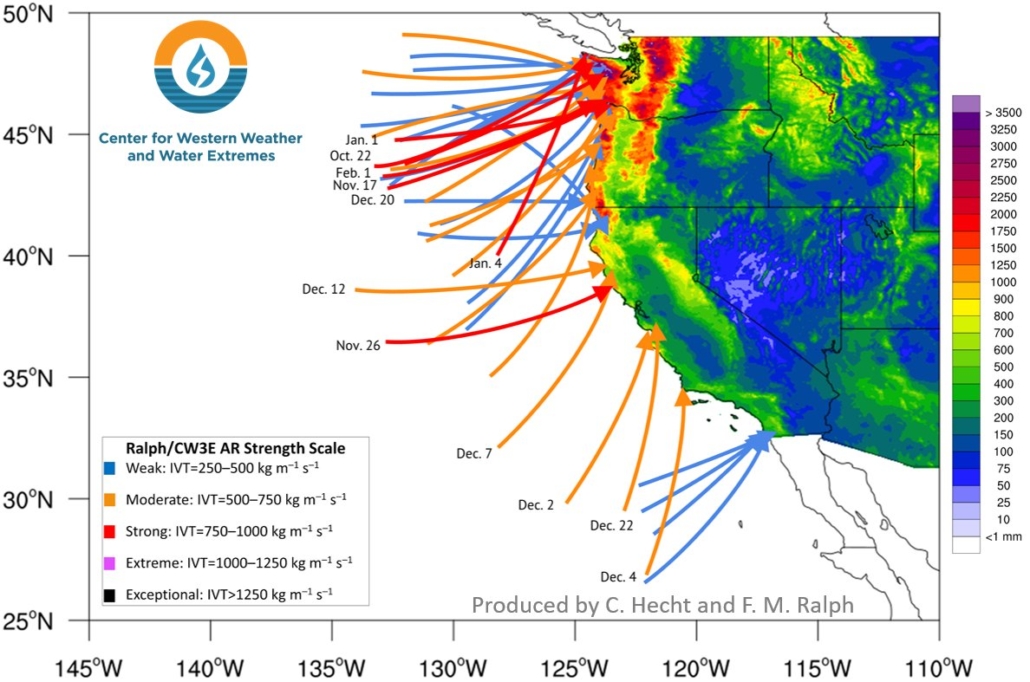At Monday’s remote meeting of the Valley Center Municipal Water District board, directors approved an Emergency Powers Resolution, granting Gen. Mgr. Gary Arant Emergency Powers for a 120-day period during the current Coronavirus/Covid-19 (virus) Pandemic Event.
The resolution gives Arant the power the modify the ability of the public to access the district office at 29300 Valley Center Rd., “including closing the facility to all public access.”
Arant is also empowered to “Modify staff duties, work schedules, methods, and locations, including, but not limited to staff working remotely, sheltering at home and responding remotely, responding from on-call status remotely, re-assignment to different divisions and departments, requiring staff to work at different locations at district facilities, requiring staff to reasonably restrict movement and interaction with other staff members, assigned staff duties and responsibilities, and requiring staff to work out of class on a temporary basis.”



